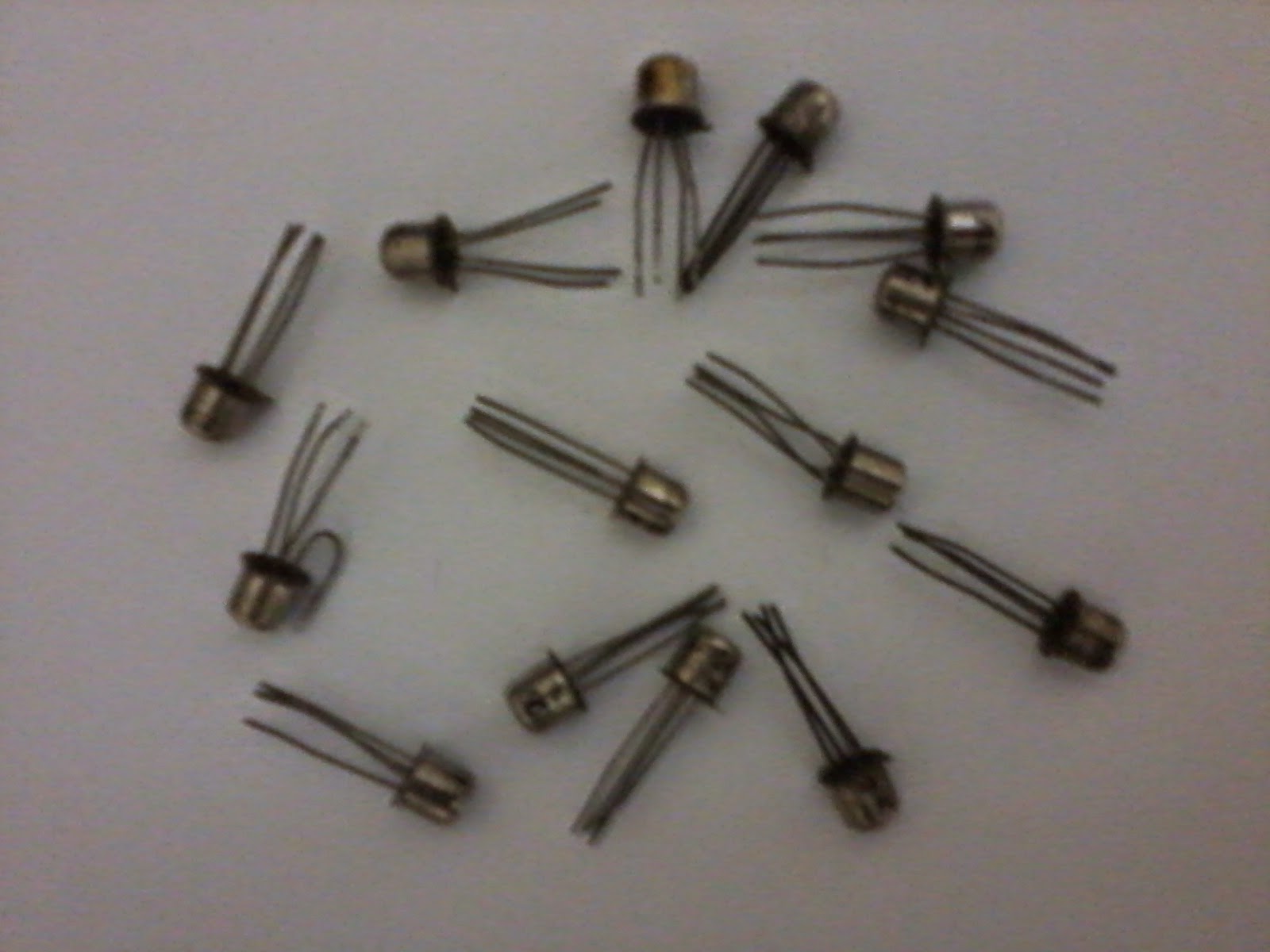

The SiGe HBT introduces a nanoscale Si-Ge alloy inside a typical bipolar transistor to nano-engineer its properties, effectively producing a much faster transistor while maintaining the economy-of-scale and low cost of traditional silicon transistors. In effect, any technology designed for Europa's surface would not only need to be able to survive the cold temperatures but also the worst radiation encountered in the solar system.įortunately, SiGe HBTs are ideal for this hostile environment. Unfortunately, as a moon of Jupiter, Europa sits squarely in those radiation belts. Like Earth, Jupiter also has a liquid metal core that generates a magnetic field, producing radiation belts of high-energy protons and electrons from the impinging solar wind. But it all starts with electronics that can function in Europa's extreme environment.Ĭressler and his students, together with researchers from NASA Jet Propulsion Lab (JPL) and the University of Tennessee (UT), demonstrated the capabilities of SiGe HBTs for this hostile environment in a paper presented at the IEEE Nuclear and Space Radiation Effects Conferencein July. NASA plans to launch the Europa Clipper in 2024, an orbiting spacecraft that will map the oceans of Europa, and then eventually send a landing vehicle, Europa Lander, to drill through the ice and explore its ocean. The researchers are in year one of a three-year grant in the NASA Concepts for Ocean Worlds Life Detection Technology (COLDTech) program to design the electronics infrastructure for upcoming Europa surface missions. "You can build it for what you want it to do on Earth, and you then can use it in space."

"Due to the way that they're made, these devices actually survive those extreme conditions without any changes made to the underlying technology itself," said Cressler, who is the project investigator. Cressler in the School of Electrical and Computer Engineering (ECE) and his students have been working with silicon-germanium heterojunction bipolar transistors (SiGe HBTs) for decades and have found them to have unique advantages in extreme environments like Europa.


 0 kommentar(er)
0 kommentar(er)
